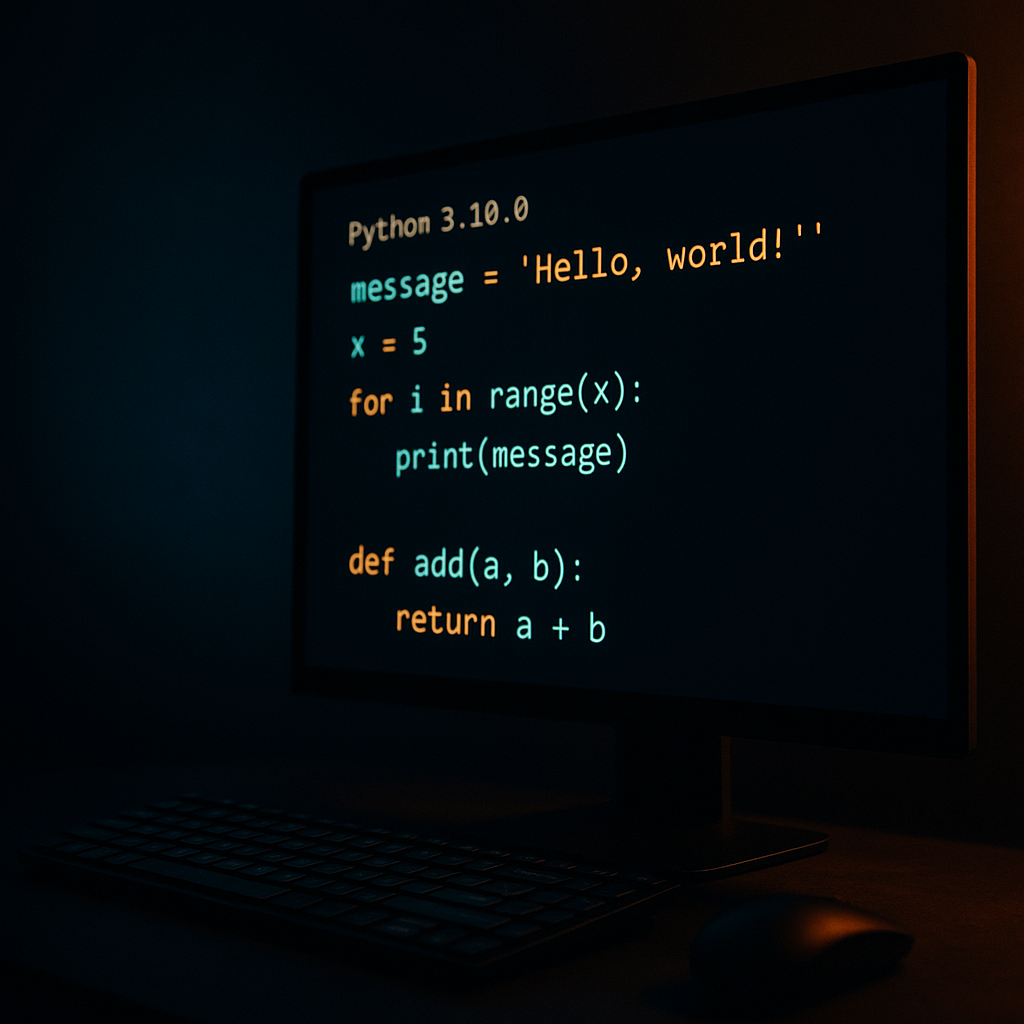Kickstart Your Python Journey: Fun with Variables, Loops & Functions!
Discover the fundamentals of Python programming by exploring the essentials: variables, loops, and functions. Unlock your potential as a coder with these foundational concepts!
Understanding Python Variables
Variables in Python are like containers that store data. They allow you to label and hold values that your program can manipulate. This makes your code more readable and manageable. For instance, if you wanted to store the number of apples in a basket, you would create a variable named apples and assign it a value. Many programming beginners find variables to be the building blocks of their coding journey.
Python is known for its flexibility, which extends to variables. Unlike some other programming languages, Python doesn’t require you to declare the variable type. This means you can create a variable simply by assigning it a value. As you begin coding, you’ll find that manipulating these variables becomes second nature, helping you solve problems effectively.
Exploring Loops in Python
Loops are crucial in programming because they allow you to repeat tasks efficiently. Imagine needing to perform the same operation multiple times: instead of writing the same code over and over, you can use a loop. Python offers two primary types of loops: for loops and while loops.
forloops: These iterate over a sequence, such as a list or a range of numbers. They are useful when you know the number of iterations in advance.whileloops: These continue as long as a specified condition is true. They are helpful when the number of iterations depends on dynamic factors.
Using loops can significantly reduce the length and complexity of your code. As you practice, you’ll grow more adept at deciding which type of loop best suits your particular task.
Harnessing the Power of Functions
Functions are one of the most powerful features of Python. They allow you to bundle a set of instructions that you can easily reuse throughout your program. This means you write a function once and can call it whenever needed, saving time and reducing errors.
Creating a function in Python is straightforward. You define it with the def keyword, followed by a name, parentheses, and a colon. Code within the function is indented, just like in loops. Functions can take parameters—values you pass into the function—and return a result with the return statement. Understanding how to define and invoke functions will significantly enhance your coding efficiency and creativity.
Conclusion: Your Next Steps in Python
By learning about variables, loops, and functions, you’re already building a robust foundation in Python. These elements are critical for tackling core programming challenges and developing more complex projects. As you continue your coding journey, practice regularly, experiment with new ideas, and don’t hesitate to explore more advanced concepts.
Keep the momentum going by diving into coding exercises and projects. Subscribe to new lessons and tutorials for a consistent learning path. Embrace the challenge and enjoy the process—the world of Python awaits your creativity and innovation!

Leave a Reply